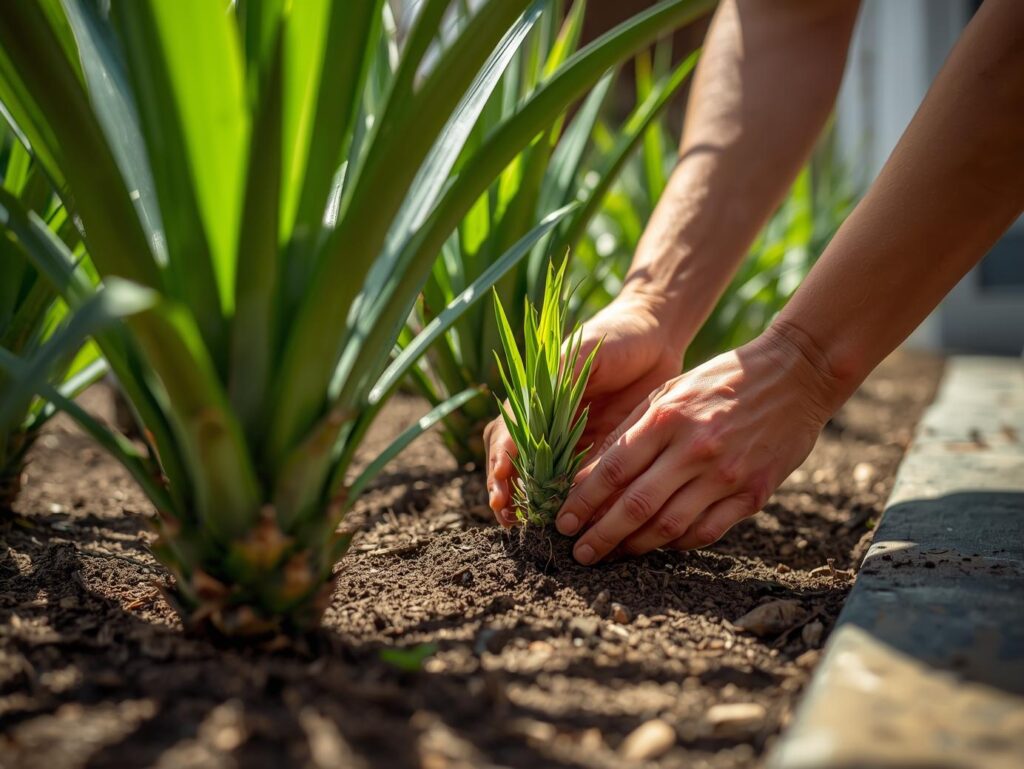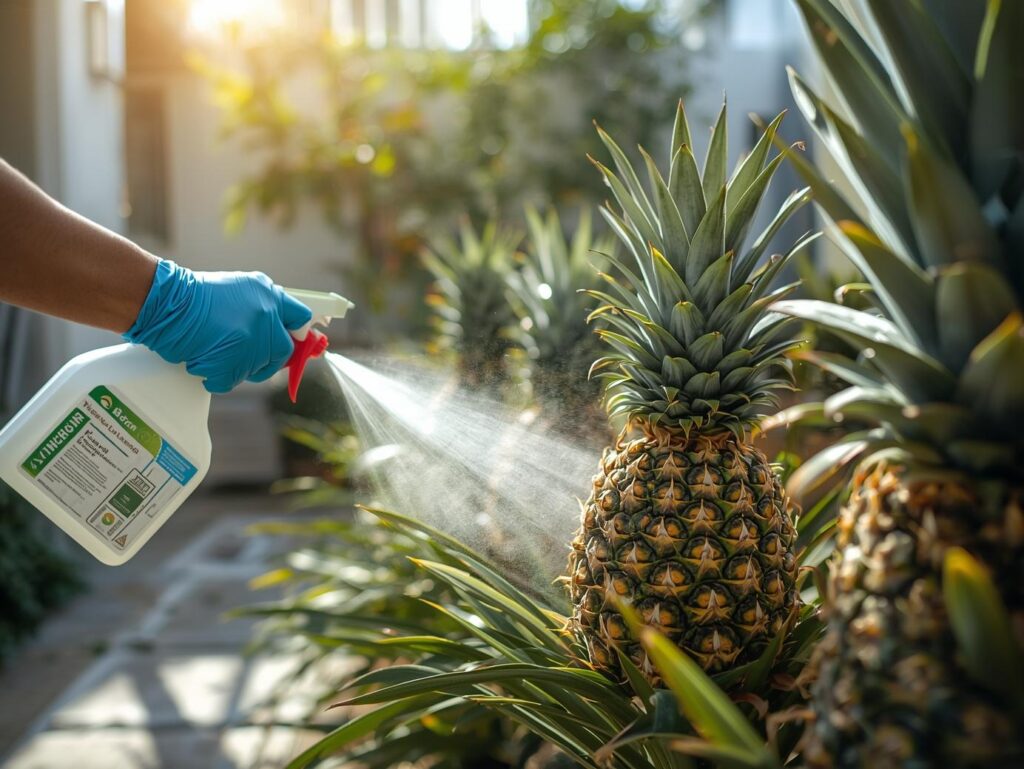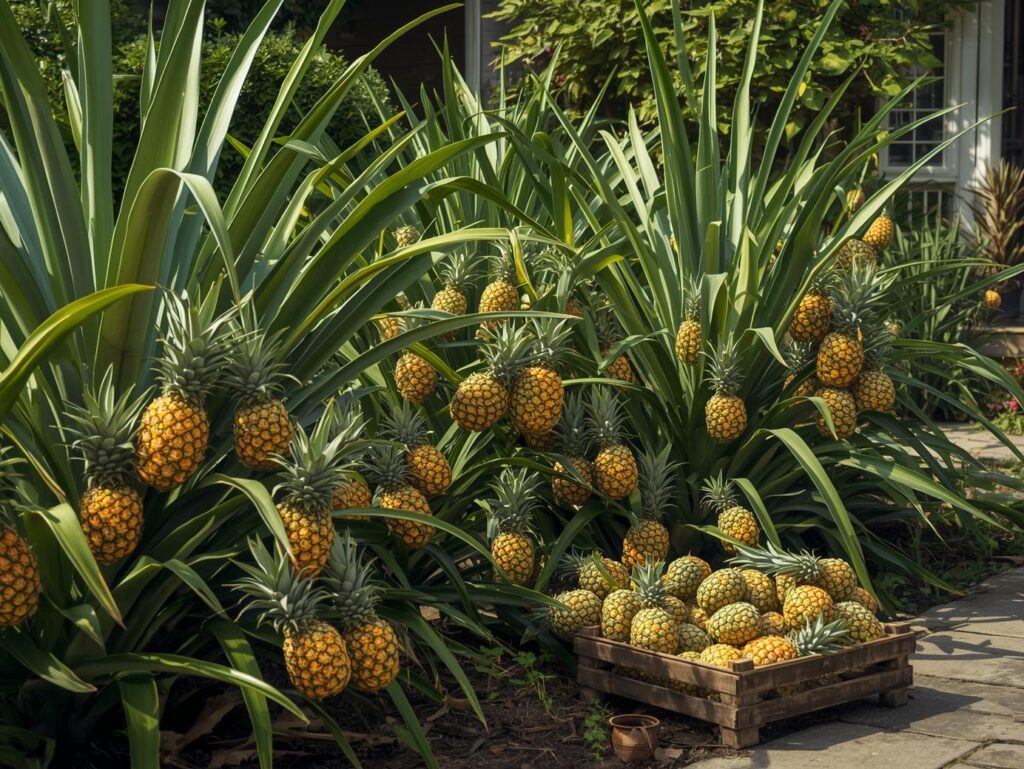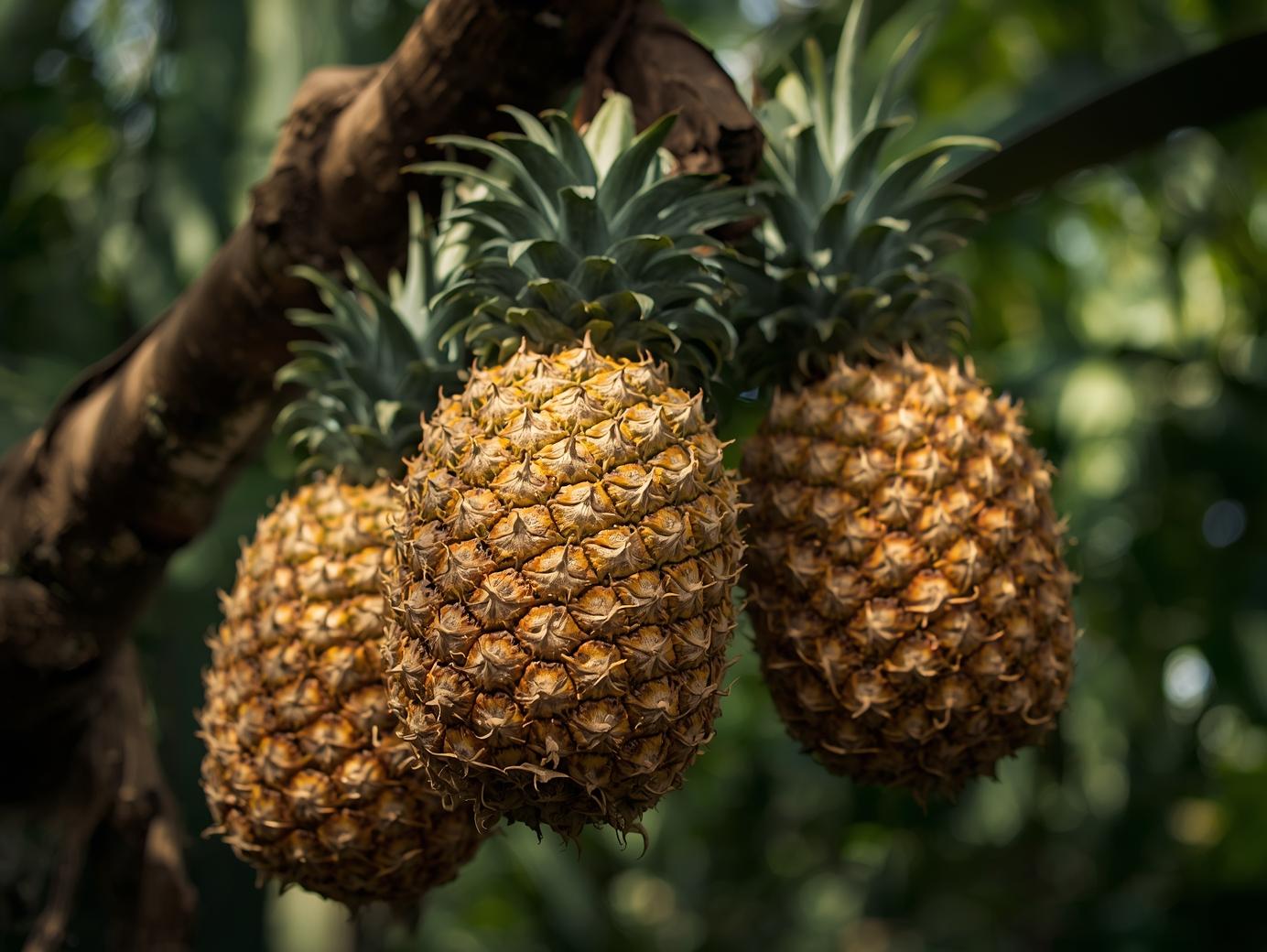Pineapple plants bring a vibrant tropical touch to home courtyards, offering both beauty and the reward of sweet, juicy fruit. Although they thrive in warm, humid climates, they can be successfully grown in many parts of the USA with proper care, especially in southern states such as Florida, California, Texas, and Hawaii. Even in cooler areas, pineapples can be cultivated in containers that can be moved indoors during winter. With the right soil, light, and maintenance, your courtyard can become a tropical paradise filled with thriving pineapple plants.
Soil Selection
The success of growing pineapples begins with well-draining soil. Pineapples prefer sandy or loamy soil with a slightly acidic pH between 4.5 and 6.5. Heavy clay or compacted soil should be avoided as it retains too much water, leading to root rot. If the natural soil in your courtyard is dense, amending it with sand, compost, or peat moss will improve drainage and aeration. Well-prepared soil helps the plant establish strong roots and ensures consistent nutrient uptake, creating the perfect environment for healthy growth.
Site Preparation
Selecting the right spot in your courtyard is essential for growing pineapples successfully. These sun-loving plants require at least six to eight hours of direct sunlight each day. A warm, sheltered area that receives consistent light is ideal for promoting strong foliage and fruit development. Clear the site of weeds and debris, and slightly mound the soil to enhance drainage since pineapples dislike waterlogged conditions. In colder regions of the USA, planting in raised beds or containers allows you to move the plants indoors during frost or extreme cold.
Planting

Pineapple plants are commonly grown from the crown of a mature fruit. To start, twist or cut off the leafy top, remove a few lower leaves, and allow it to dry for a few days before planting. Once ready, plant the crown in well-drained soil, burying it about an inch deep. Firm the soil gently around the base and water lightly. Whether planted directly in the courtyard or in a large container, ensure the soil remains slightly moist but never soggy. Within a few weeks, roots will develop, and new growth will begin emerging from the center.
Watering
Proper watering is key to growing healthy pineapples. These plants are drought-tolerant but still require consistent moisture during active growth. Water deeply once or twice a week, allowing the soil to dry slightly between waterings. Overwatering should be avoided, as standing water can cause root rot. In hot, dry regions or during summer months, misting the plant occasionally helps maintain humidity around the leaves. Using mulch around the base helps conserve moisture and keeps the soil temperature stable, especially in sun-exposed courtyards.
Fertilizing
Feeding your pineapple plant regularly encourages lush growth and improves fruit quality. Apply a balanced, slow-release fertilizer every six to eight weeks during the growing season. A fertilizer with moderate nitrogen and potassium levels works best for producing vibrant leaves and sweet fruit. For gardeners who prefer organic methods, compost tea or diluted fish emulsion can provide essential nutrients naturally. Avoid over-fertilizing, as this can lead to excess foliage growth rather than fruit development. Consistent, moderate feeding ensures strong plants and a bountiful harvest.
Pruning & Training
Pineapples require minimal pruning, but regular maintenance helps keep them healthy and attractive. Remove any dead or yellowing leaves from the base to improve air circulation and reduce the risk of pests. If your plant produces side shoots, known as suckers or slips, you can either remove them to direct energy into fruit production or replant them to grow new pineapple plants. Training is not typically required, but keeping the plant’s center open ensures better light exposure and supports a more uniform fruit shape as it matures.
Pest & Disease Control

Pineapple plants are relatively hardy but can occasionally face problems with mealybugs, scale insects, and fungal issues. Regularly inspecting leaves and removing pests early helps prevent infestations. A mild insecticidal soap or neem oil can effectively control most common pests without harming the plant. To avoid fungal diseases, ensure the soil has good drainage and avoid overwatering. Proper spacing between plants also improves air circulation, reducing the likelihood of mold or mildew in humid conditions. Healthy growing practices are the best defense against pest and disease problems.
Fruiting & Harvest

Pineapple plants typically take 18 to 24 months to produce their first fruit, depending on growing conditions. Once the plant begins flowering, a small fruit will start to form at the center, gradually enlarging and ripening over several months. The pineapple is ready to harvest when it turns golden-yellow and gives off a sweet aroma. Carefully twist or cut the fruit from the stem, leaving a few leaves attached if you plan to replant the crown. After harvest, the parent plant may produce new shoots that can be grown into additional fruit-bearing plants, ensuring a continuous tropical harvest in your home courtyard.
